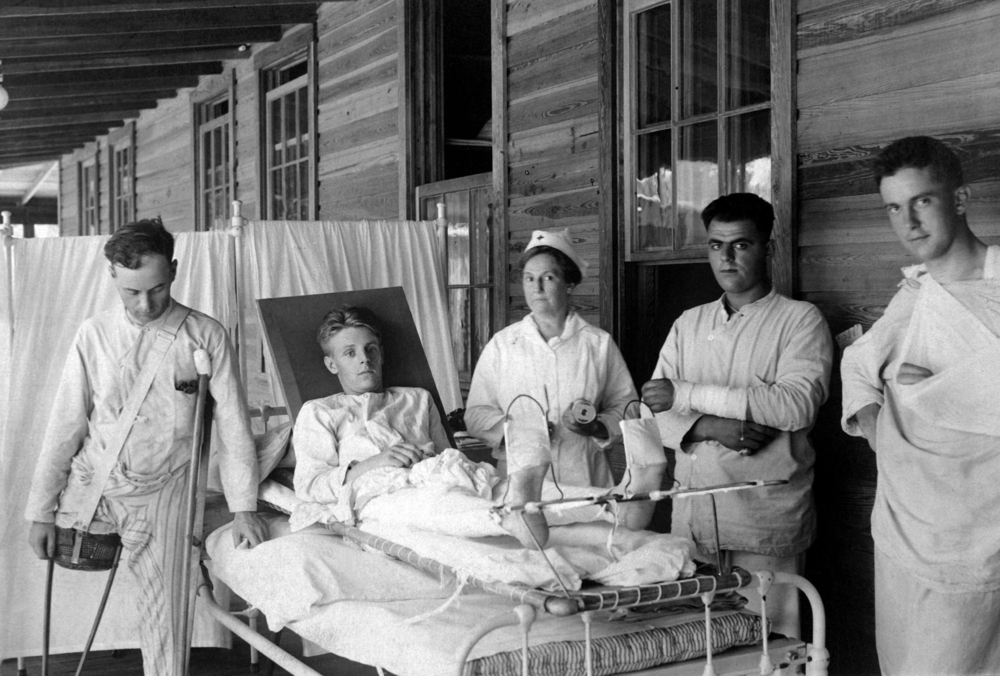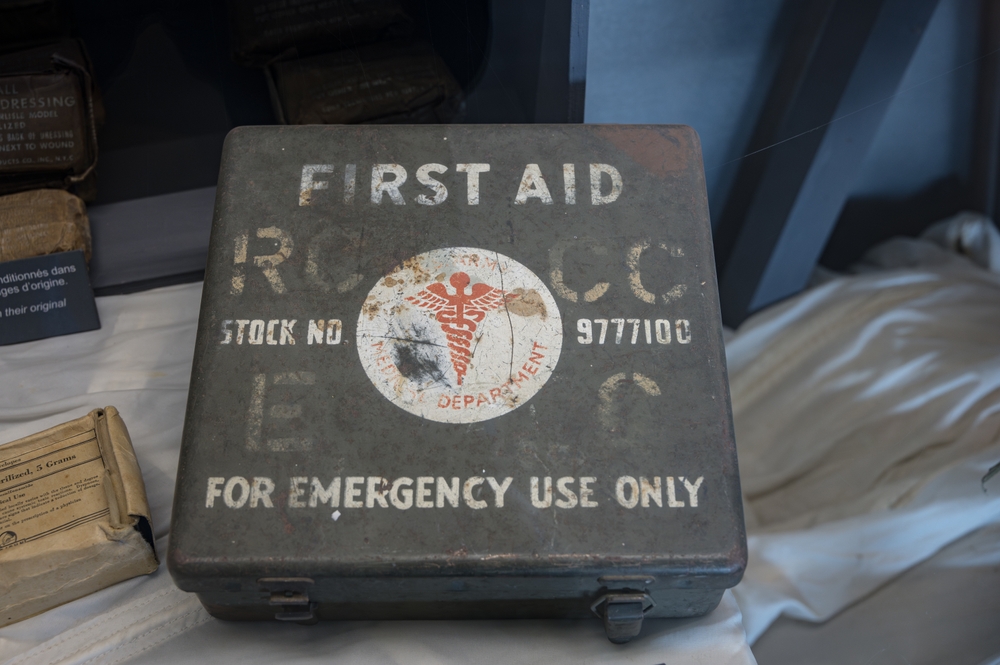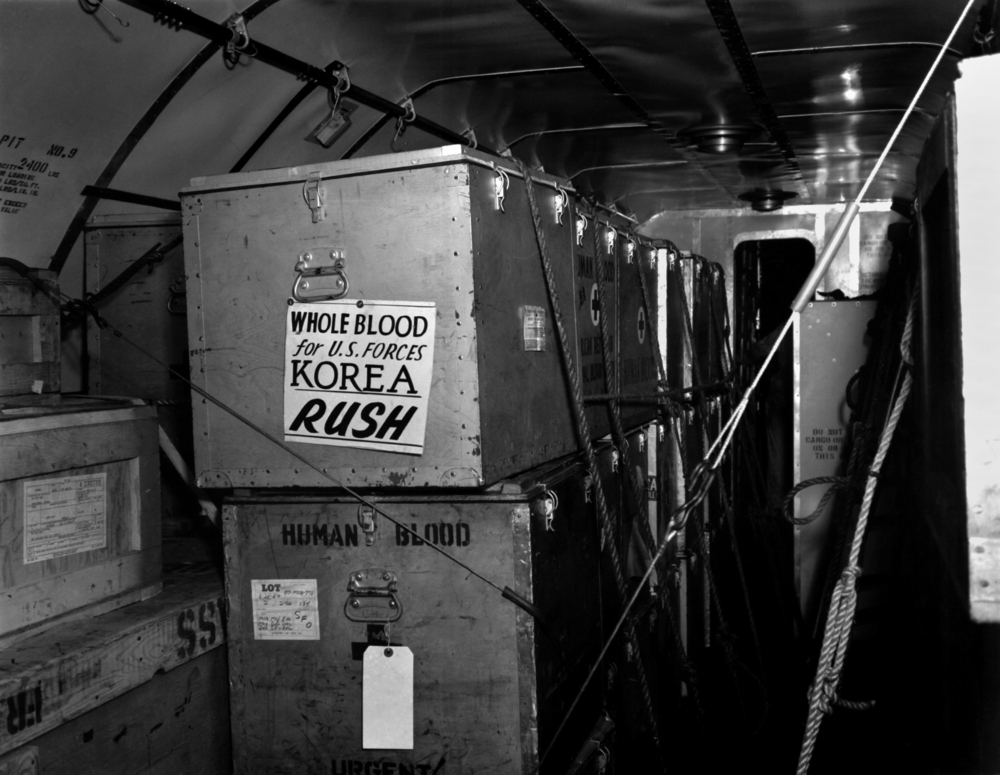Wars are devastating events that bring destruction and suffering, but did you know that they have also served as powerful catalysts for medical advancements? Throughout history, the grim realities of the battlefield have led to significant innovations in medical science, particularly in the realm of blood and blood transfusions.
These breakthroughs, born out of necessity, have not only saved countless lives in times of conflict but have also profoundly impacted civilian medicine. Let's explore some of the most notable advancements in blood and blood transfusion technologies that emerged from wartime experiences.









